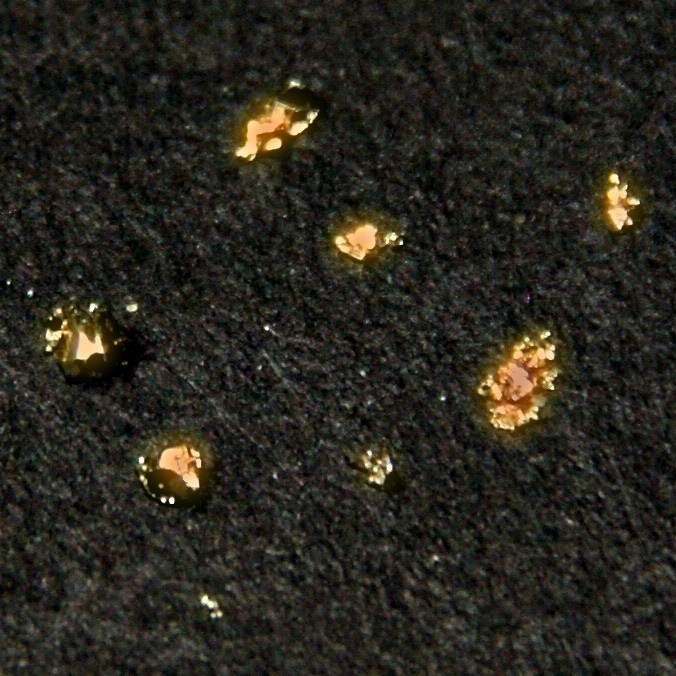Californium
98
Cf
Gruppe
i/t
Periode
7
Blokk
f
Proton
Elektron
Nøytron
98
98
153
Generelle eigenskapar
Atomnummer
98
Atommasse
[251]
Massetal
251
Kategori
Aktinid
Farge
i/t
Radioaktiv
Ja
Named after California and the University of California
Krystallstruktur
Enkel heksagonal
Historie
Californium was discovered by Stanley G. Thompson, Kenneth Street, Jr., Albert Ghiorso and Glenn T. Seaborg in 1950 at the University of California, Berkeley.
It was produced by the bombardment of curium with alpha particles.
Californium was isolated in macro quantities for the first time by Burris Cunningham and Stanley Thompson in 1958.
It was produced by the bombardment of curium with alpha particles.
Californium was isolated in macro quantities for the first time by Burris Cunningham and Stanley Thompson in 1958.
Elektron per energinivå
2, 8, 18, 32, 28, 8, 2
Elektronkonfigurasjon
[Rn] 5f10 7s2
Californium is produced in nuclear reactors and particle accelerators
Fysiske eigenskapar
Tilstandsform
Fast stoff
Tettleik
15,1 g/cm3
Smeltepunkt
1173,15 K | 900 °C | 1652 °F
Kokepunkt
-
Smeltevarme
i/t kJ/mol
Fordampingsvarme
i/t kJ/mol
Spesifikk varmekapasitet
- J/g·K
Førekomst i jordskorpa
i/t
Førekomst i universet
i/t

CAS-nummer
7440-71-3
PubChem CID-nummer
i/t
Atom eigenskapar
Atomradius
-
Kovalent radius
-
Elektronegativitet
1,3 (Paulings skala)
Ioniseringspotensial
6,2817 eV
Molart volum
18,4 cm3/mol
Termisk konduktivitet
0,1 W/cm·K
Oksidasjonstrinn
2, 3, 4
Bruksområde
Californium is used as a portable neutron source for discovery of metals such as gold or silver by on-the-spot activation analysis.
Neutrons from californium are employed as a treatment of certain cervical and brain cancers where other radiation therapy is ineffective.
Neutron moisture gauges use californium-252 to find water and petroleum layers in oil wells.
Neutrons from californium are employed as a treatment of certain cervical and brain cancers where other radiation therapy is ineffective.
Neutron moisture gauges use californium-252 to find water and petroleum layers in oil wells.
Californium is harmful due to its radioactivity
Isotopar
Stabile isotopar
-Ustabile isotopar
237Cf, 238Cf, 239Cf, 240Cf, 241Cf, 242Cf, 243Cf, 244Cf, 245Cf, 246Cf, 247Cf, 248Cf, 249Cf, 250Cf, 251Cf, 252Cf, 253Cf, 254Cf, 255Cf, 256Cf